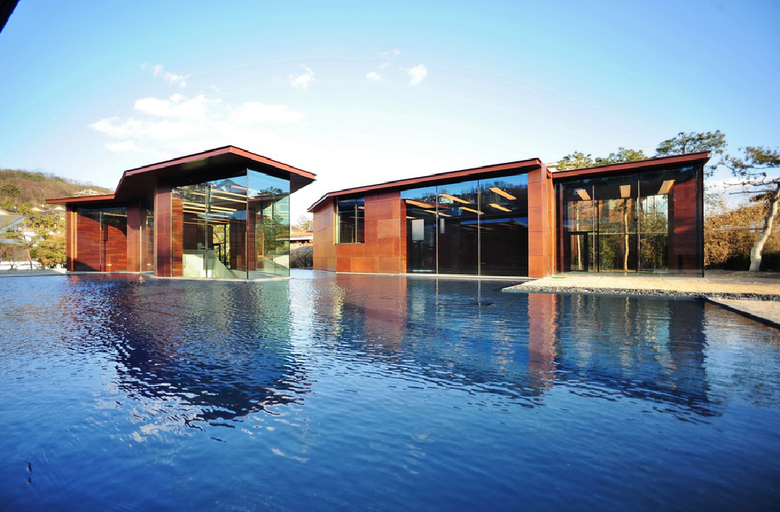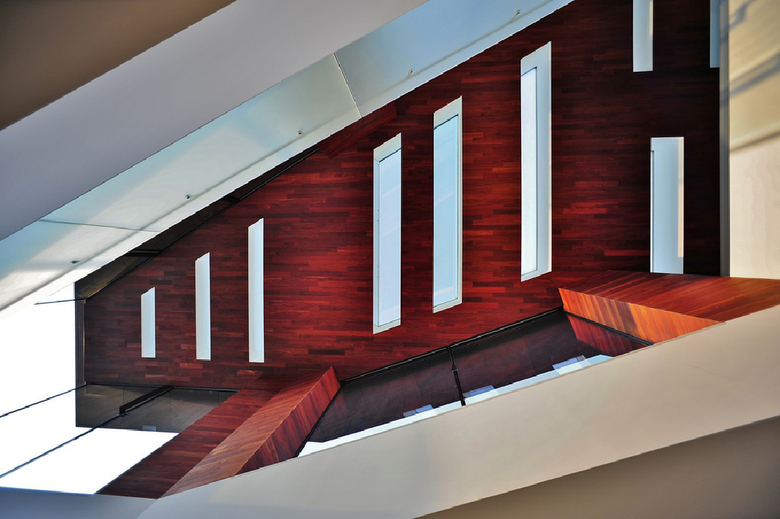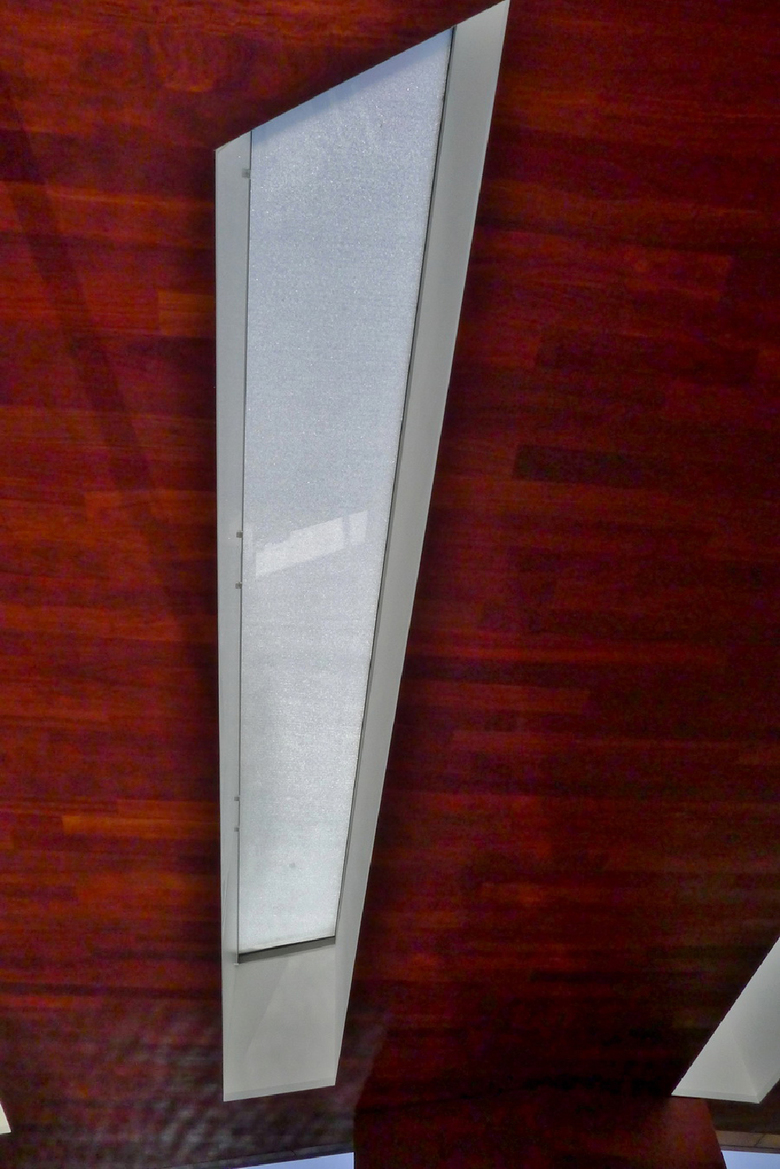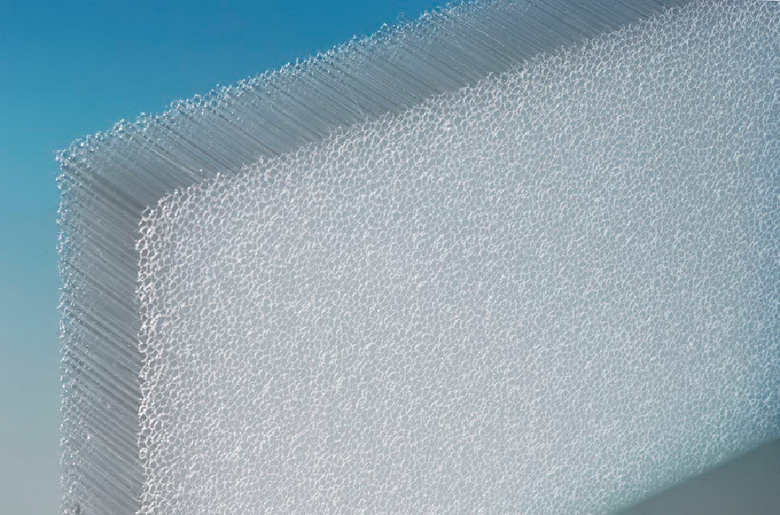KAPILUX T, Daeyang Gallery and House
Due to the dual nature of its program, the Daeyang Gallery and House in Seoul, designed by Steven Holl Architects, includes spaces for the display of art that do not want direct sunlight. To achieve this, Okalux's KAPILUX T insulating glass is incorporated into skylights capping the gallery spaces. The transparent material scatters sunlight via capillary plates to diffuse it evenly into the spaces.
If supply of natural light is more important than transparency, as in the galleries of the Holl project, then KAPILUX from German manufacturer Okalux is a good alternative. Countless translucent (or optionally white) capillary scatter the sunlight and throw it into a room at the same depth; the light that would otherwise only partially illuminate the room diffuses evenly. The system also provides protection against excessive UV radiation, but without considerably influencing the color spectrum—the illuminated artworks retain their natural color. Another positive aspect of the product is the very good thermal and sound insulation properties of the capillary plates.
It's safe to say that architect Steven Holl is a fan of capillary systems. The material is used in the Cité de l'Ocean et du Surf in Biarritz, France (2011), and the Nelson-Atkins Museum of Art Bloch Building in Kansas City, Missouri (2007), and is planned for the Kennedy Center Expansion in Washington, DC. In 2012 he incorporated the material in the Daeyang Gallery and House, previously featured in our eMagazine with two short films produced by the architect.
The building is located on a hillside, in an area where low-rise buildings predominate. The upper floors of the building consist of three pavilions: the living room, a meeting room, and the entrance to the galleries. The major thoroughfares linking the pavilions are in the basement. To illuminate the basement as much as possible, Holl inserted a total of 55 slots in the ceilings so sunlight can enter the spaces. Some of the slots are are filled with KAPILUX T capillary plates to reduce glare and evenly distribute the daylight while reducing the need for artificial lighting. Light and space enter into a special relationship here, in which a continuous play arises between translucent and transparent.





